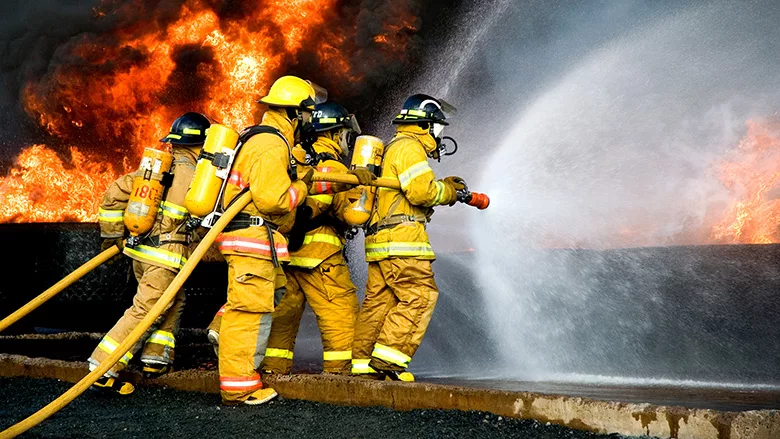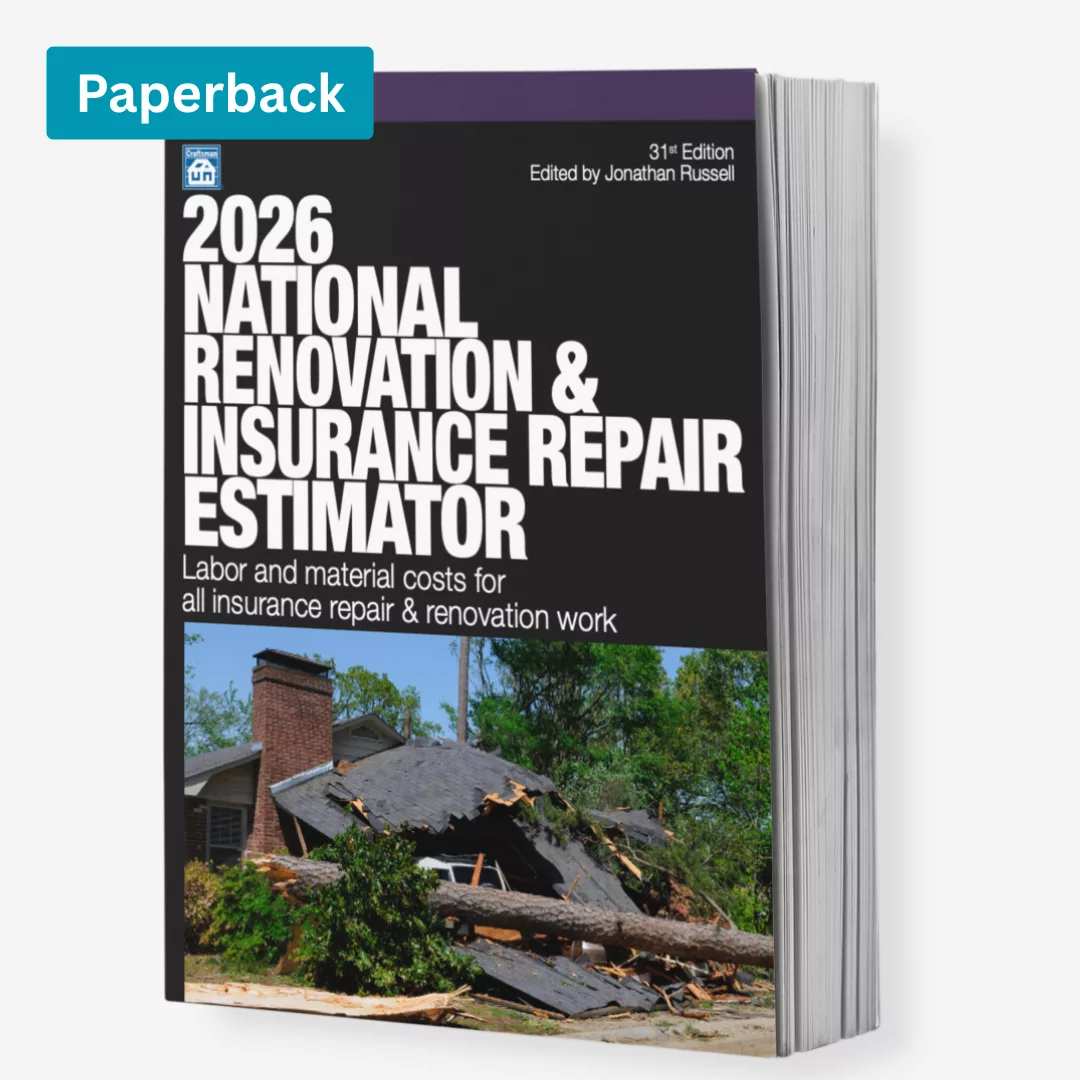Business Insurance Claims Grow More Severe, Allianz Study Finds

Photo credit: shaunl / E+ via Getty Images
Every day, companies around the globe, together with their insurers, experience losses, in multiple forms, in the millions of dollars. Over the past five years, fire and explosion, natural catastrophes and faulty workmanship or maintenance have been the major causes of loss by value of insurance claims, according to the Global Claims Review 2022 from Allianz Global Corporate and Specialty (AGCS).
“Insurance claims from companies have become more severe over the past five years due to factors such as higher property and asset values, more complex supply chains and the growing concentration of exposures in one location, such as in natural catastrophe-prone areas,” says AGCS chief claims officer Thomas Sepp. “The future does not look brighter anytime soon. Companies and their insurers have shown resilience to weather the loss impact of the pandemic, but the ongoing war in Ukraine, a spike in the cost and frequency of business interruption losses and the sustained elevated level of cyber claims are creating new challenges. At the same time, the top two causes of claims, fires and natural hazards, remain significant loss drivers for companies.
“Last but not least, the impact of soaring inflation around the world will bring further pressure on claims costs.”
Inflation Puts Undervaluation of Assets in the Spotlight
Ultimately, inflation brings pressure on claims costs from multiple angles. Property and construction insurance claims, in particular, are exposed to higher inflation, as rebuilds and repairs are linked to the cost of materials and labor, while shortages and longer delivery times inflate business interruption (BI) values. Other lines of insurance, such as directors and officers, professional indemnity and general liability, are also susceptible to inflationary pressures through rising legal defense costs and higher settlements.
“Replacement costs more and replacement takes longer, and this means both the property damage and the business interruption loss are likely to be significantly higher,” Sepp said. “Updating insured values for all new contracts is therefore a pressing concern for insurers, brokers and insureds. If this doesn’t happen, our clients run the risk of not being fully reimbursed in the event of a loss, while insurers run the risk of underpricing exposures. The insurance market has already seen a number of claims where there has been a significant gap between the insured’s declared value and the actual replacement value.”
For example, in a claim for a commercial property destroyed in the 2021 Colorado wildfires, the rebuild value was almost twice the declared value, due to a combination of inflation, demand surge, and underinsurance.
What Are the Top Causes of Business Insurance Claims?
AGCS has identified the top causes of loss for companies from more than 530,000 insurance claims in over 200 countries and territories that it has been involved with between 2017 and 2021 (typically a number of insurers provide coverage jointly considering the huge values at stake in the corporate sector). These claims have an approximate value of €88.7bn, which means that the insurance companies involved have paid out – on average – over €48mn every day for five years to cover losses.
The analysis shows that almost 75% of financial losses arise from the top 10 causes of loss, while the top three causes account for close to half (45%) of the value. Despite improvements in risk management and fire prevention, fire/explosion (excluding wildfires) is the largest single identified cause of corporate insurance losses, accounting for 21% of the value of all claims.
Natural catastrophes (15%) ranks as the second top cause of loss globally by value of claims. Collectively, the top five causes (based on more than 20,000 claims around the world) – hurricanes/tornados (29%); storm (19%); flood (14%); frost/ice/snow (9%) and earthquake/tsunami (6%) account for 77% of the value of all disaster claims. Hurricanes and tornados are the most expensive cause of loss, driven by the fact that two of the past five Atlantic hurricane seasons (2017 and 2021) now rank among the three most active and costliest on record, as well as recent record-breaking tornado activity.
Insurers are also seeing new scenarios. For example, the Texas Big Freeze in February 2021 caused huge disruption to infrastructure and manufacturing, with many companies forced into shutdowns by widespread power outages, resulting in property damage and in some large contingent business interruption (CBI) losses. This event alone is estimated to have caused economic losses up to $150 billion.
Faulty workmanship/maintenance incidents are the third top cause of loss overall (accounting for 9% by value) and are also the second most frequent driver of claims (accounting for 7% by number, ranking only behind damaged goods with 11%). Costly incidents can include collapse of building/structure/subsidence from faulty work, faulty manufacturing of products/components or incorrect design.
Looking for a reprint of this article?
From high-res PDFs to custom plaques, order your copy today!








